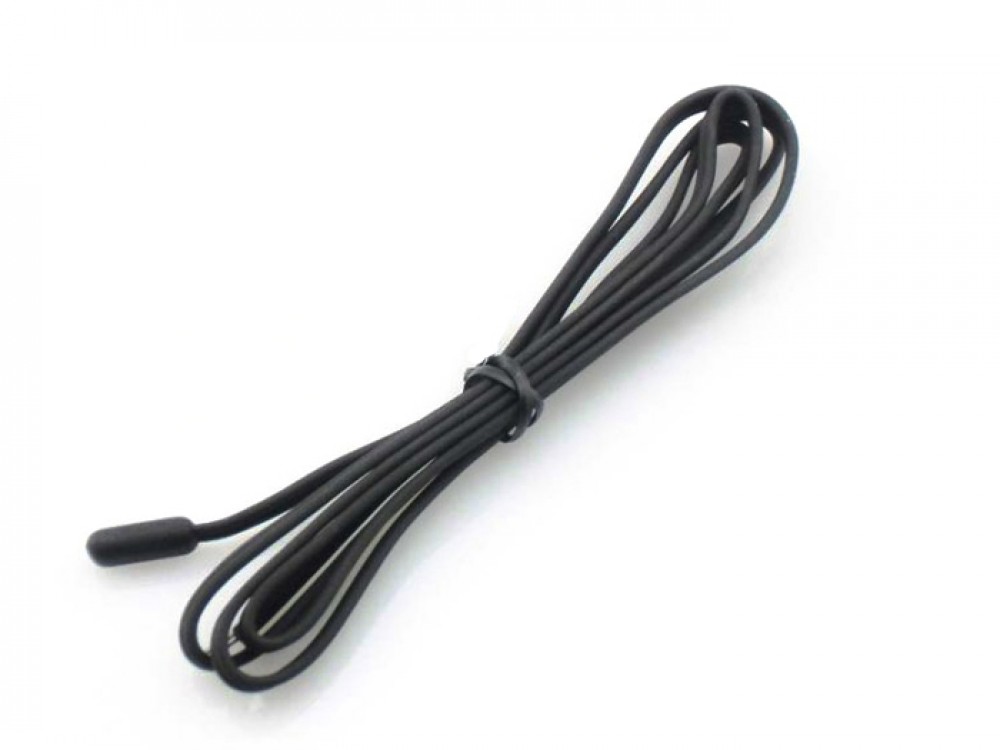Get Tech Tips
Subscribe to free tech tips.
Pitch on Line Penetrations

Most techs and installers know that drains need to be pitched. I use the rule of thumb that drain lines should generally be pitched 1/4″ per foot of horizontal run. One thing that can easily be forgotten is pitching wall penetrations when drilling.
It's as simple as drilling with a slight upward angle if drilling from the outside or angled slightly downward from the inside. The goal is to have the outdoor side lower than indoors both to assist in draining system condensate and prevent exterior moisture from running into the building.
You will also want to make sure the drain doesn't run above copper or go up and down for any other reason. That is especially common in ductless systems with flexible drains. Keep that pitch moving in the right direction from start to finish, and all will be well.
—Bryan










Comments
To leave a comment, you need to log in.
Log In